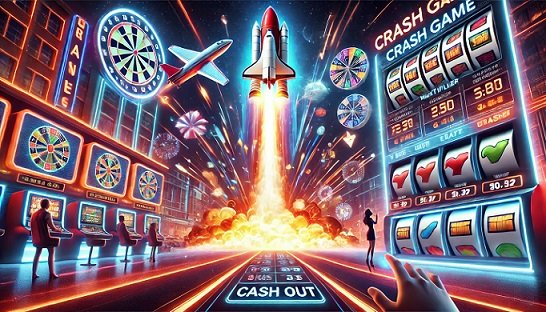
How can businesses make sense of large amounts of real-time information? What tools can help organizations quickly interpret trends and patterns? In an age where time-sensitive insights are vital, real-time data visualization has become a critical aspect of decision-making.
Among the most popular platforms for this purpose is Tableau, which is widely known for its ability to turn raw input into interactive visuals. By leveraging the power of real-time data visualization using Tableau, companies can monitor, track, and respond to trends more effectively, giving them a competitive edge in fast-moving markets.
Setting Up Real-Time Connections in Tableau
One of Tableau’s key features is its ability to connect to live sources of information, ensuring that visualizations reflect the latest data available. To achieve this, users must first establish a connection to the relevant input source, which could be a database, spreadsheet, or even an API.
The steps to set up real-time connections are straightforward:
- Open Tableau and navigate to the “Data” menu.
- Select the desired source from the connection options, ensuring that the source supports real-time updating.
- Drag and drop fields onto the canvas to begin building the visualizations.
After these steps, the visuals will automatically update whenever the source changes, allowing continuous monitoring without manual refreshes.
Choosing the Right Visuals for Real-Time Monitoring
Not all visuals are suited for real-time tracking. For instance, static graphs may not convey urgency or clarity when dealing with continuous data streams. Choosing the correct visual elements ensures the audience can interpret the information quickly.
Some effective types of visuals for real-time updates include:
- Live Dashboards: These combine multiple charts and graphs into a single interface, offering a comprehensive view of different metrics simultaneously.
- Heat Maps: These are useful for monitoring large datasets, especially when tracking anomalies or patterns.
- Line Charts: These are perfect for visualizing trends over time, showing fluctuations in real-time.
With careful selection, the appropriate visuals can highlight important trends and anomalies as they happen, aiding quicker decision-making.
Building Interactive Dashboards in Tableau
A significant advantage of Tableau is the ability to create interactive dashboards. These dashboards allow users to filter, drill down, and interact with data meaningfully. Interactivity helps stakeholders explore the underlying data without looking through complex spreadsheets.
To build an interactive dashboard:
- Start by selecting the “Dashboard” option in Tableau.
- Drag and drop pre-built visualizations into the dashboard area.
- Use filters to create dynamic controls, allowing users to customize the view in real-time.
These dashboards can be shared with departments or external stakeholders, ensuring everyone can access up-to-the-minute information.
Best Practices for Real-Time Visualization
For businesses looking to incorporate real-time insights into their decision-making, several best practices can enhance the efficiency of Tableau’s tools:
- Prioritize Key Metrics: Focus on tracking only the most critical metrics. Too many details can lead to information overload and slow down decision-making.
- Optimize for Speed: Real-time visualizations should not lag. Ensure the underlying systems are optimized for continuous updates without slowing down performance.
- User-Centered Design: Ensure the visuals are easy to understand. Clarity is key in real-time situations where fast decisions are needed.
- Test and Iterate: Continuously improve the setup by testing different visualizations and configurations. As the business’s needs may evolve, the visualizations should also adapt.
Real-time data visualization using Tableau offers a robust platform for companies looking to stay ahead of the curve. Its ability to provide instant insights through interactive dashboards and visuals can revolutionize decision-making processes in any industry. With real-time tracking, organizations can ensure they are always equipped with the latest information to make timely and informed decisions.





